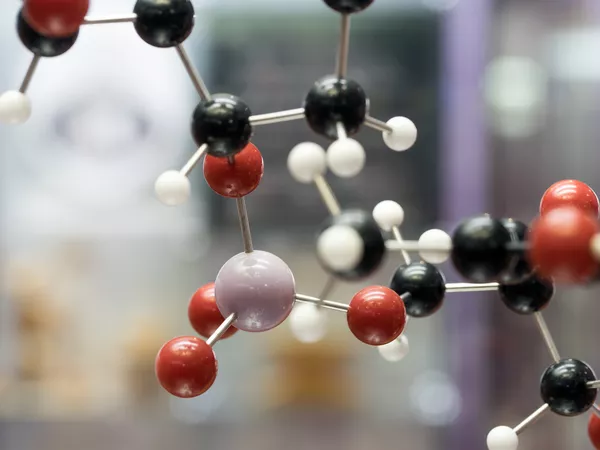REVIEW
Published on 03 Jul 2020
Metal Organic Framework — Based Mixed Matrix Membranes for Carbon Dioxide Separation: Recent Advances and Future Directions

doi 10.3389/fchem.2020.00534
- 10,239 views
- 82 citations
8,632
Total downloads
35k
Total views and downloads
Select the journal/section where you want your idea to be submitted:
REVIEW
Published on 03 Jul 2020

ORIGINAL RESEARCH
Published on 05 Feb 2020

REVIEW
Published on 21 Jan 2020

ORIGINAL RESEARCH
Published on 19 Nov 2019

ORIGINAL RESEARCH
Published on 23 Oct 2019

